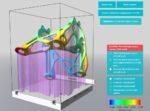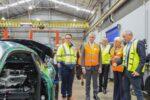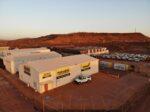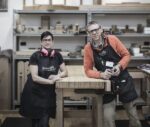Enough ambition (and hydrogen) could get Australia to 200% renewable energy
Scott HamiltonStrategic Advisory Panel Member, Australian-German Energy Transition Hub, University of Melbourne Changlong WangResearcher, The Energy Transition Hub, University of Melbourne Falko UeckerdtPotsdam Institute for Climate Impact Research Roger DargavilleSenior lecturer, Monash University The possibilities presented by hydrogen are the subject of excited discussion across the world – and across Australia’s political divide, notoriously at war over energy policy. On Friday Australia’s chief scientist Alan Finkel will present a national strategy on hydrogen to state, territory and federal energy ministers. Finkel is expected to outline a plan that prioritises hydrogen exports as a profitable way to reduce emissions. It is to be hoped the strategy is aggressive, rather than timid. Ambition is key in lowering the cost of energy. Australia would do better aiming for 200% renewable energy or more. It’s likely the national strategy will feature demonstration projects to test the feasibility of new technology, reduce costs, and find ways to share the risk of infrastructure investment between government and industry. There are still a number of barriers. Existing gas pipelines could be used to transport hydrogen to end-users but current laws are prohibitive, mechanisms like “certificates of origin” are required, and there are still key technology issues, particularly the cost of electrolysis. These issues raise questions of what a major hydrogen economy really looks like. It may prompt suspicions this is just the a latest energy pipe dream. But our research at the Australian-German Energy Transition Hub argues that an ambitious approach is better than a cautious one. Aggressively pursing hydrogen exports will reduce costs of domestic energy supply and provide a basis for new export industries, such as greens steel, in a carbon-constrained world. Optimal systems cost less We used optimisation modelling to examine how a major hydrogen industry might roll out in Australia. We wanted to identify where major plants […]










